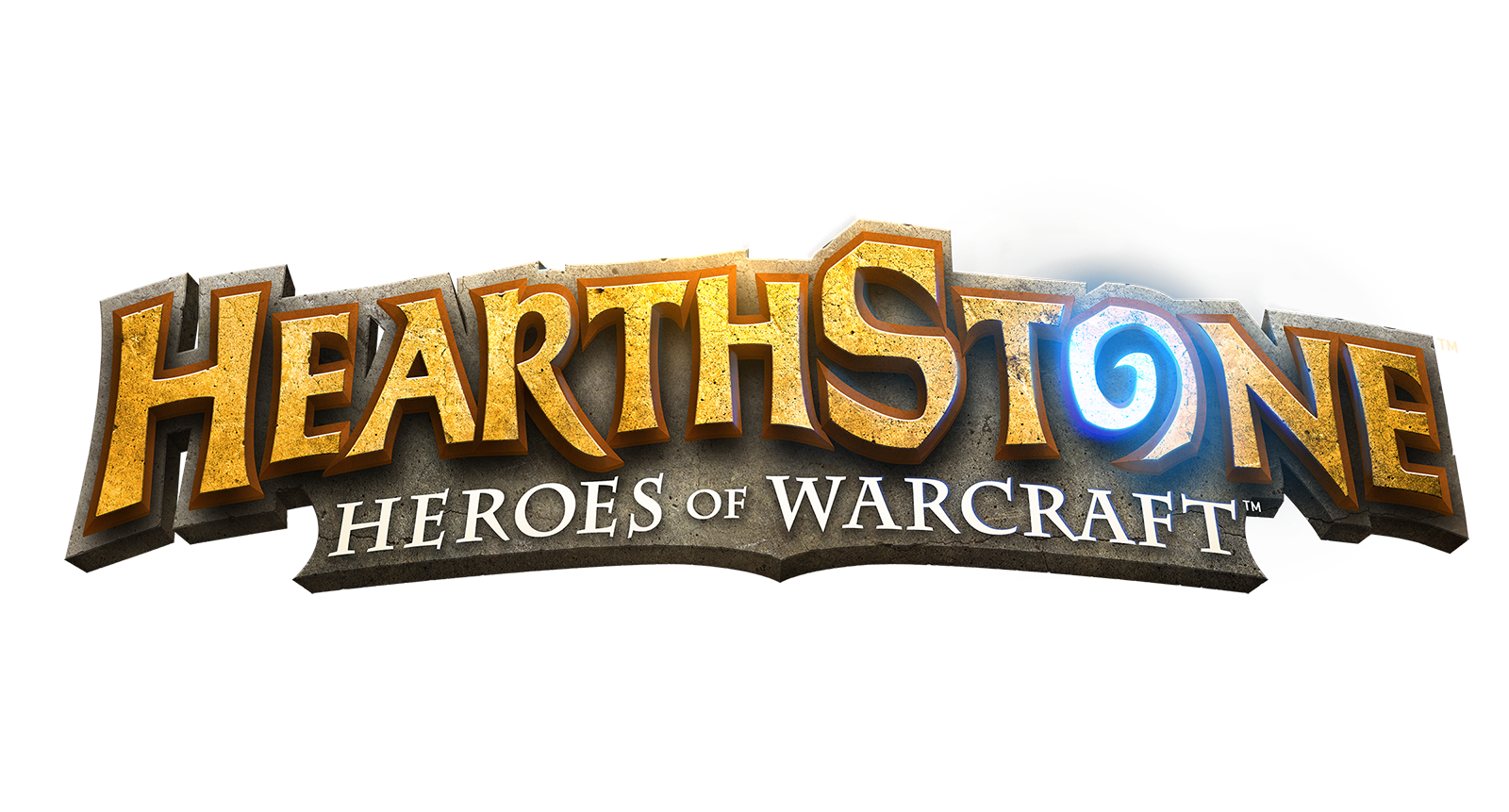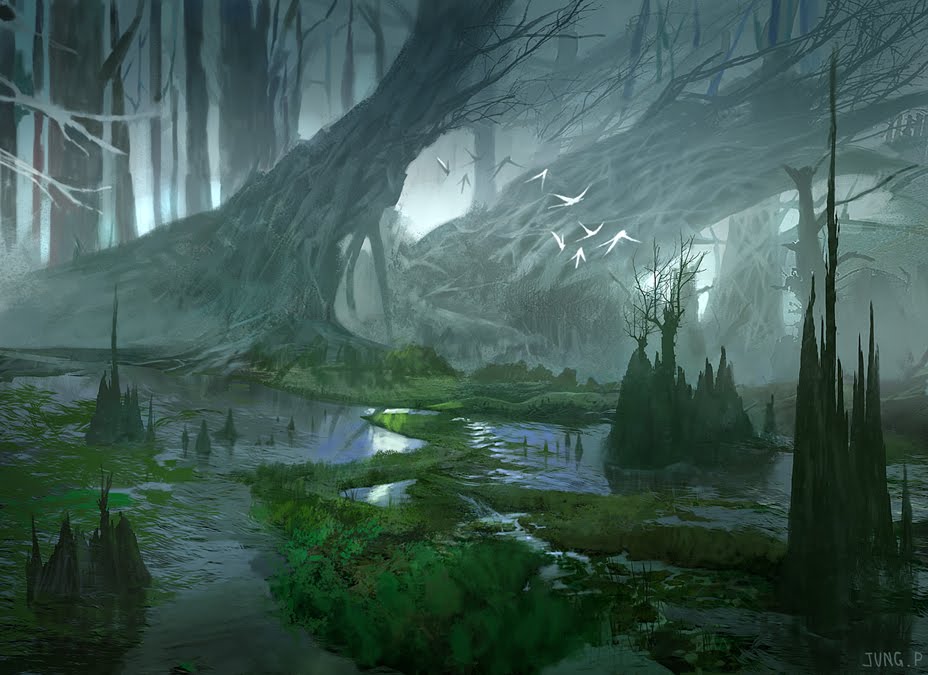The meme of “murder hobos” has been a prevalent one in gaming discussion lately. If you’re not familiar with the concept, it’s exactly what it sounds like: PCs that wander around killing stuff, often seemingly for its own sake. Violence has been part of RPGs from the beginning; after all, Gygax and Arneson came out of the tabletop wargaming scene when they created D&D back in the 1970s.
Furthermore, even if Gygax and Arneson had come from more of a dramatic tradition rather than a tactical one, violence would be in there. Shakespeare and the Greek plays are full of bloodshed and mayhem. People have been fighting and killing each other, and for that matter, everything that moves, for ages.
I still can’t help but wonder if we’ve put just a little too much emphasis on participating in it in the RPG world. Our recent discussion about nonviolent conflict has been sharing an orbit in my mind with This War of Mine, a game about surviving in a war zone as civilians. In our last episode, Devon mentioned that nonviolent conflict resolution tends to keep stories moving faster, and that’s very true.
However, if you’re anything like me, suggestions and ideas are always welcome in these situations, so here’s a list of scenario ideas and media that might help you along if you want to put more non-violent action in your game.
• Rescue operations where PCs have to sneak someone or a group of someones out of a hostile area under the noses of superior forces can be incredibly intense and cool. The real-life example that comes to mind most quickly is the Underground Railroad where abolitionists snuck slaves out of the South in pre-Civil War America.
• As we mentioned in the episode, heists that have to go off stealthily are wonderfully entertaining experiences, both from the planning and execution sides of things. Some of the most memorable gaming stories I have to this day come from Grant’s Savage Shadowrun game in a scenario that centered around sabotaging a soft drink release.
• I feel like I mention this all the time, but large-scale events like natural disasters or even extreme weather are a great bit of seasoning for these types of events. If you’re trying to be stealthy, a violent rainstorm is potentially a huge boon as the wall of rain obscures vision and the sound of it obscures other noises and washes away muddy footprints on hard ground. Natural disasters, especially ones you can see coming, provide a great opportunity for players to exercise their ingenuity. Remember how everyone was screaming at their televisions over the lots full of school buses after Hurricane Katrina? This lets your player characters avert situations like that in a safe, fictional setting.
• Races can be interesting too, in either the traditional competitive sense, or in a higher-stakes one where the PCs are trying to outrun a hostile force of some kind to some key point. Trying to get through to an important leader with diplomatic documents before a foreign envoy that wants to start a war does would make for a very tense scenario.
• If there’s anything This War Of Mine has impressed on me, it’s that just trying to survive and find resources is a very compelling struggle on its own. Playing a few games of This War of Mine or Neo Scavenger will probably do the same for you. The games do feature some violence, but it’s not something you enter into lightly or usually even willingly. This could be a whole campaign (the base idea works especially well for post-apocalyptic scenarios) or something to add spice to an existing game.
• Exploration and treasure hunting can make for an exciting time, and the themes fit any number of games from historical-style New World exploration to hunting through the Dream Realms in a fantasy game to colonizing a new planet in science fiction. GMs wanting to provide this experience for their players would be well-served by looking up some of the more interesting things here on Earth. Keep in mind also that you don’t have to be the first people or sapient beings to ever reach a particular place for it to be interesting. Finding new human civilizations in a low-fantasy world is exciting and mysterious.
• Escape scenarios, particularly prison breaks make for some great adventures. Watch The Great Escape and The Shawshank Redemption (no hardship) for ideas. The book The Great Escape was based on is even better and more replete with ideas.
• Grand-scale projects always have problems. The PCs can be the people who make sure an ambitious venture is able to keep going. Some ideas for the project itself include transportation networks (roads, railroads, portal networks, seaports, a space elevator), fortifications (the Great Wall, a castle, a defensive space station), or science and industry (a skyscraper, a specialized manufacturing facility, the Large Hadron Collider). Snags include shortages (of manpower, materials, or money), bureaucracy, shifting circumstances or terrain, difficult deadlines, and poor planning on the part of the organizers that has to be worked around.
• Politics, diplomacy, and intrigue. And not even just Westeros-style conniving. Putting the PCs in charge of getting a good-hearted (but maybe somewhat uncontrollable) NPC politician elected in a democratic society could make for a whole campaign.
• Investigations, mysteries, and puzzles are an old-standby, but for good reason. If you particularly enjoy this type of game, looking at the GUMSHOE line of games from Pelgrane Press is highly recommended.
Hopefully that list will be enough to get you started – I know that I’m excited to put more of this in my games when I start GMing again. If you have any further ideas or comments, we’d love to hear them. Comment on the article or get in touch with us via social media.



